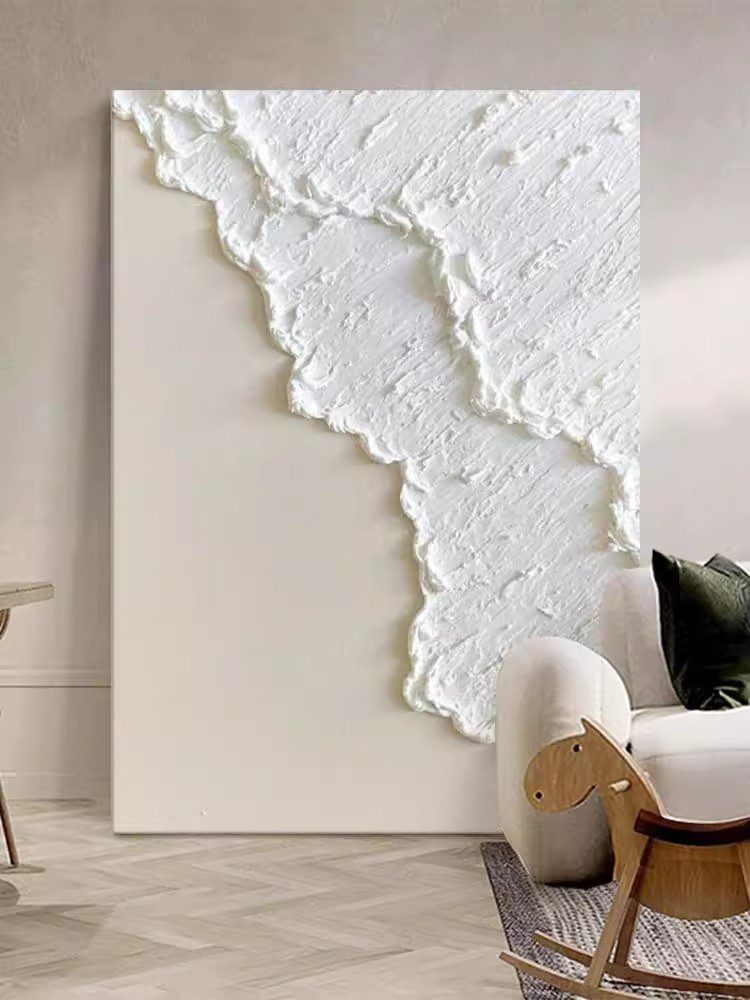Essential Tips for Novice Collectors of Hand-Painted Oil Art: Navigating Authenticity, Care, and Long-Term Value
Starting a collection of hand-painted oil art is an exciting journey, but it requires careful consideration to avoid common pitfalls. Unlike prints or digital reproductions, original oil paintings demand attention to authenticity, preservation, and contextual understanding. For beginners, the process can feel overwhelming, but focusing on education, patience, and ethical practices can lead to a meaningful and sustainable collection. Below, explore key strategies to help new collectors make informed decisions and build confidence in their acquisitions.
1. Prioritize Authenticity: Distinguishing Originals from Reproductions
Authenticity is the cornerstone of collecting original oil art. Novices often struggle to identify hand-painted works amid a sea of high-quality prints or machine-aided reproductions. Start by examining the texture and layering of the paint. Original oils exhibit visible brushstrokes, impasto (thick paint application), and subtle variations in color that prints cannot replicate. Tilt the canvas under light to check for raised areas where paint has been applied thickly—a hallmark of manual craftsmanship.
Another critical step is verifying the artist’s signature and techniques. Research the artist’s style, including their typical color palettes, subject matter, and brushwork. If the painting claims to be by a known artist, compare it to verified works in catalogues or museum collections. Be wary of unsigned pieces or those with signatures that appear stamped or printed, as these may indicate mass production. When in doubt, consult a professional appraser or art historian specializing in the artist’s period or movement.
2. Understand the Importance of Provenance and Documentation
Provenance refers to the documented history of an artwork’s ownership, exhibition, and conservation. For novice collectors, a clear provenance provides assurance of authenticity and helps establish the painting’s cultural or historical significance. Request any available records, such as purchase receipts, exhibition catalogues, or previous appraisals, from the seller. If the artwork has been passed down through generations, ask for family anecdotes or letters that might confirm its origin.
Lack of documentation doesn’t automatically disqualify a painting, but it requires extra caution. In such cases, focus on the artwork’s physical condition and artistic merit. A painting with compelling aesthetic qualities or technical skill may still hold value, even if its history is unclear. However, be prepared for potential challenges if you later decide to resell or insure the piece, as buyers and insurers often prioritize well-documented works.
3. Learn Basic Art Conservation Techniques: Protecting Your Investment
Proper care is essential to preserving the value and beauty of oil paintings. Unlike other mediums, oils dry slowly and remain vulnerable to environmental factors for years. Avoid hanging paintings in direct sunlight, as UV rays can fade pigments and crack the varnish. Similarly, steer clear of humid areas like bathrooms or kitchens, where moisture can cause mold growth or paint lifting.
When cleaning, use a soft, dry brush to gently remove dust from the surface. Never spray cleaning solutions directly onto the painting or use abrasive materials like cloths or sponges. If the canvas appears dirty or yellowed, consult a professional conservator rather than attempting restoration yourself. Over-cleaning or improper handling can irreversibly damage the artwork, diminishing its collectible appeal.
4. Build Knowledge Through Research and Community Engagement
Collecting art is as much about learning as it is about acquiring objects. Start by exploring art history resources, such as books, documentaries, or online courses, to familiarize yourself with different movements, techniques, and artists. Visit local galleries, museums, and art fairs to observe original works up close and ask questions about their creation and context. Many institutions offer free lectures or workshops for beginners, providing opportunities to connect with experts and fellow enthusiasts.
Joining online forums or social media groups dedicated to art collecting can also be invaluable. These communities often share insights on emerging artists, market trends, and ethical buying practices. However, approach online advice critically and cross-reference information with reputable sources. Scams and misinformation are common in the art world, so developing a discerning eye is crucial.
5. Set Realistic Expectations: Balancing Passion with Prudence
Novice collectors are often tempted to chase “hidden gems” or quick profits, but sustainable collecting requires patience and humility. Avoid overextending your budget on unverified works or pieces that promise unrealistic returns. Instead, focus on acquiring artworks that resonate with you personally, even if they don’t align with current market trends. A painting’s emotional impact can be just as valuable as its monetary worth, especially as your tastes evolve over time.
Be open to learning from mistakes. Even experienced collectors occasionally purchase works that later reveal flaws or diminish in value. View these experiences as opportunities to refine your eye and decision-making process. Remember that collecting is a lifelong pursuit, and each acquisition contributes to your growth as an enthusiast and connoisseur.
Starting a hand-painted oil art collection is a rewarding endeavor that combines creativity, history, and personal expression. By prioritizing authenticity, understanding provenance, mastering conservation basics, engaging with the art community, and maintaining realistic expectations, novice collectors can build a curated selection of works that bring joy and intellectual stimulation for years to come. The journey may be challenging at times, but the thrill of discovering a piece that speaks to you—and preserving it for future generations—makes it all worthwhile.
